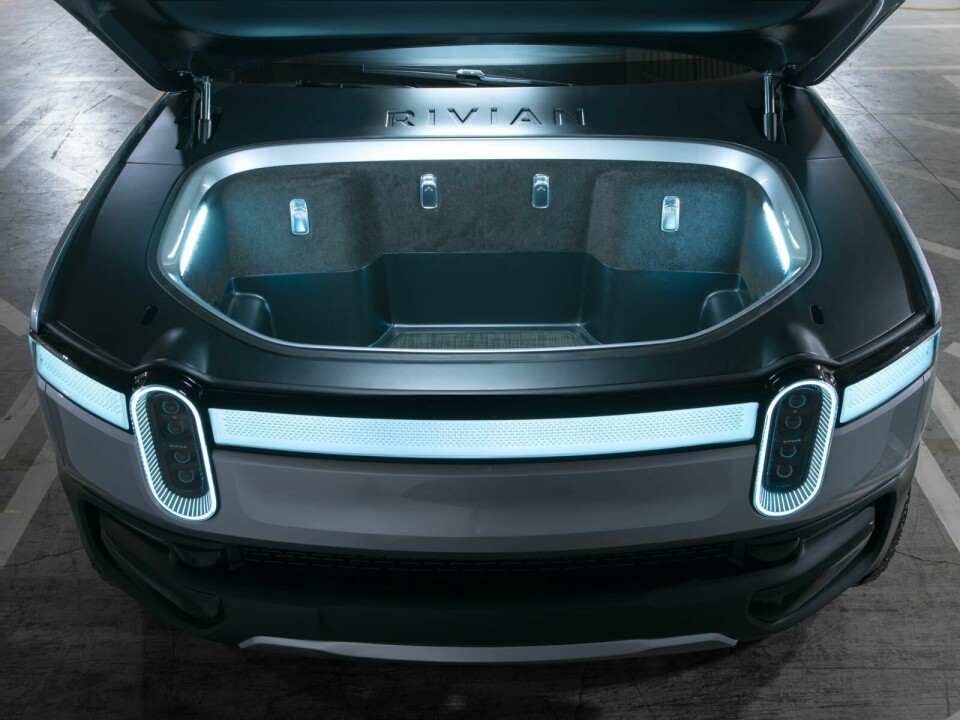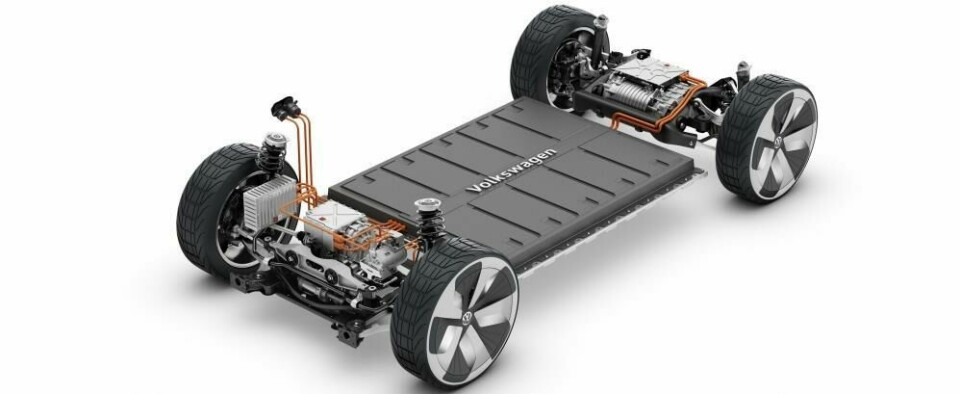EV design: must form follow function or could design electrify consumers?
With growth in electrified powertrains set to soar, OEMs have more opportunities to showcase EVs’ unique design possibilities, and use them to win over hearts and minds on the road to electrification

The narrative surrounding electric vehicles is almost always couched in practical and economic terms. Much of the discourse by both automotive manufacturers and policymakers about the transition to electrification relates to high purchase prices, reducing emissions, battery life, or concerns over vehicle range and charging infrastructure.
These are critical issues and consumer anxieties that must to overcome on the road to electrification. However, the most successful vehicles have often been those that use image, aesthetics, emotion and design to sell. It will be no different for EVs. Since electric vehicles are still priced at a premium versus comparable model sizes, luring customers to them means pleading not only to their heads (in justifying the hit to bank accounts), nor to their consciences (in protecting the planet), but also to their hearts (by exciting their passions).
Instead of the form following practical function, could car design help influence powertrain choice, and actually drive the shift to electrification? It is quite possible that doing so would be more effective over the long term than would punitive regulation, subsidies, grants and tax incentives to encourage EV purchases.
What is often lost in debate over electromobility is the importance of desirability and appeal. The same factors that attract customers to SUVs and premium vehicles will attract them to EVs, including performance and interior space, as well as intangibles like style and elegance. There are elements of design and engineering specific to EVs that enhance these factors, which Tesla has already shown, and for which others are catching up.
But as we forecast significant global growth for EV sales over the next decade (download our full report and forecast below), OEMs will need to take better advantage of these design possibilities, including the use of dedicated platforms and architectures.
Making EVs familiar as well as distinct
Tesla’s fundamental success has been in making electric vehicles both desirable and familiar, breaking their image as slower, less fun to drive and aesthetically awkward. For all the technological ground broken by the original Nissan Leaf or BMW i3, for example, they were not designs that spoke to many consumers’ emotions.
Tesla positioned itself in the premium space from the start with its original Roadster, a sports car built on a modified Lotus chassis, which touted fast acceleration and speed (a new version is set to be released next year). Tesla has continued to push performance in all its models, thanks in part to using multiple electric motors. In this way, the lithium-ion powertrain has not only given the brand environmental cache but is part of the reason the cars perform well – and thus a justification rather than just a reason for their higher price tag.
Tesla has trod a finely balanced line between designing its cars to resemble the premium ICE vehicles that customers like, while also taking advantage of freedoms that EVs allow, such as the lack of an engine bonnet or need for air intakes. Not only can these features enhance appeal, they can improve performance and user experience. With the Model S, Tesla introduced a ‘skateboard’ platform that allowed more flexibility in positioning the battery cells and electronics, allowing for a spacious front storage area (the ‘frunk’). The Tesla Model X SUV took advantage of using a one box wedge shape design, which pushed the windscreen forward and enhanced cabin space as well as aerodynamics.
The Model 3 may be Tesla’s most conventional, mainstream model to date, but it also created a distinctive modern look by removing chrome grille detailing altogether to seal the nose (a theme reinforced with completely flush door handles). In these instances, electric vehicle design enhances an aspirational and premium aesthetic that continues to serve Tesla well.

EVs that the people want
Many carmakers have been exploring how to connect EV design and appeal to consumers’ emotions, certainly in concept cars. But with regulations still driving current model releases, many models making it to production in the short term, at least, are adaptations from existing ICE models or platforms, which restricts the packaging of electric hardware and batteries and provides fewer opportunities to showcase specific EV design advantages.
But the next wave of EV has already begun, such as the Jaguar I-Pace crossover, which was also built on a dedicated ‘skateboard’ platform (although which is not expected to be developed further) and which more clearly appeals to consumer desires while exploring new ground for EVs. The Volkswagen Group is setting a new standard with its MEB platform designed and optimised specifically for EV use, which will be rolled out with the VW ID.3 (whose design is aimed at more simple, mass appeal) and with other group brand models, as well as Ford as part of an alliance between the carmakers.
EV startups have also been pushing straight into premium segments with dedicated EV design. China’s Nio developed EV architectures for its tech-heavy SUVs, although financial troubles may limit expansion and entry to new markets. Chinese startup Byton has also developed a tech-driven aesthetic for its planned crossover SUV, set to hit production in 2020, with a particular focus on the user interface and large screens.
But perhaps the brand emerging most in the Tesla mould, at least in North America, is US-based EV startup Rivian, which is astutely targeting the pick-up truck segment so beloved by US consumers, with plans for SUVs as well. As the history of ICE vehicles has shown, vehicles are more lucrative when consumers are willing to pay extra for something they really want as opposed to good efficiency on paper or which meets a regulated standard – however virtuous those environmental credentials may be.
The image of electric vehicle has already come a long way over the past decade. Given the new design freedoms that EV platforms allow, there is a huge opportunity for EVs to look better and more desirable than legacy ICE vehicles and lead the shift to electrification that will so characterise the next ten years.



